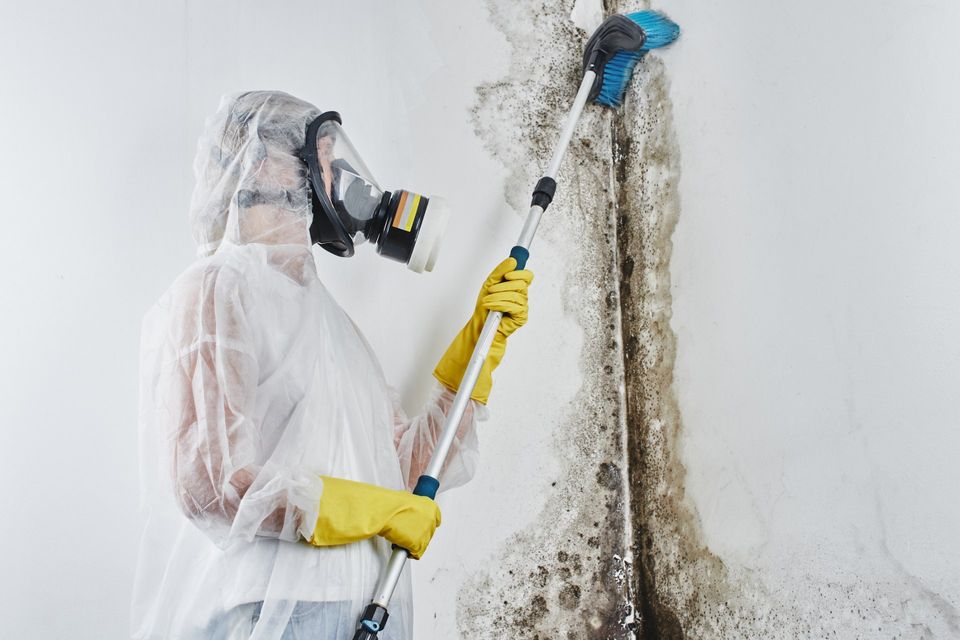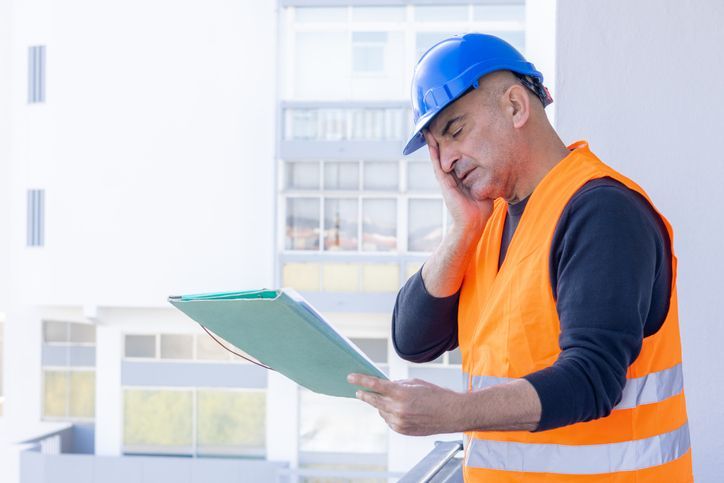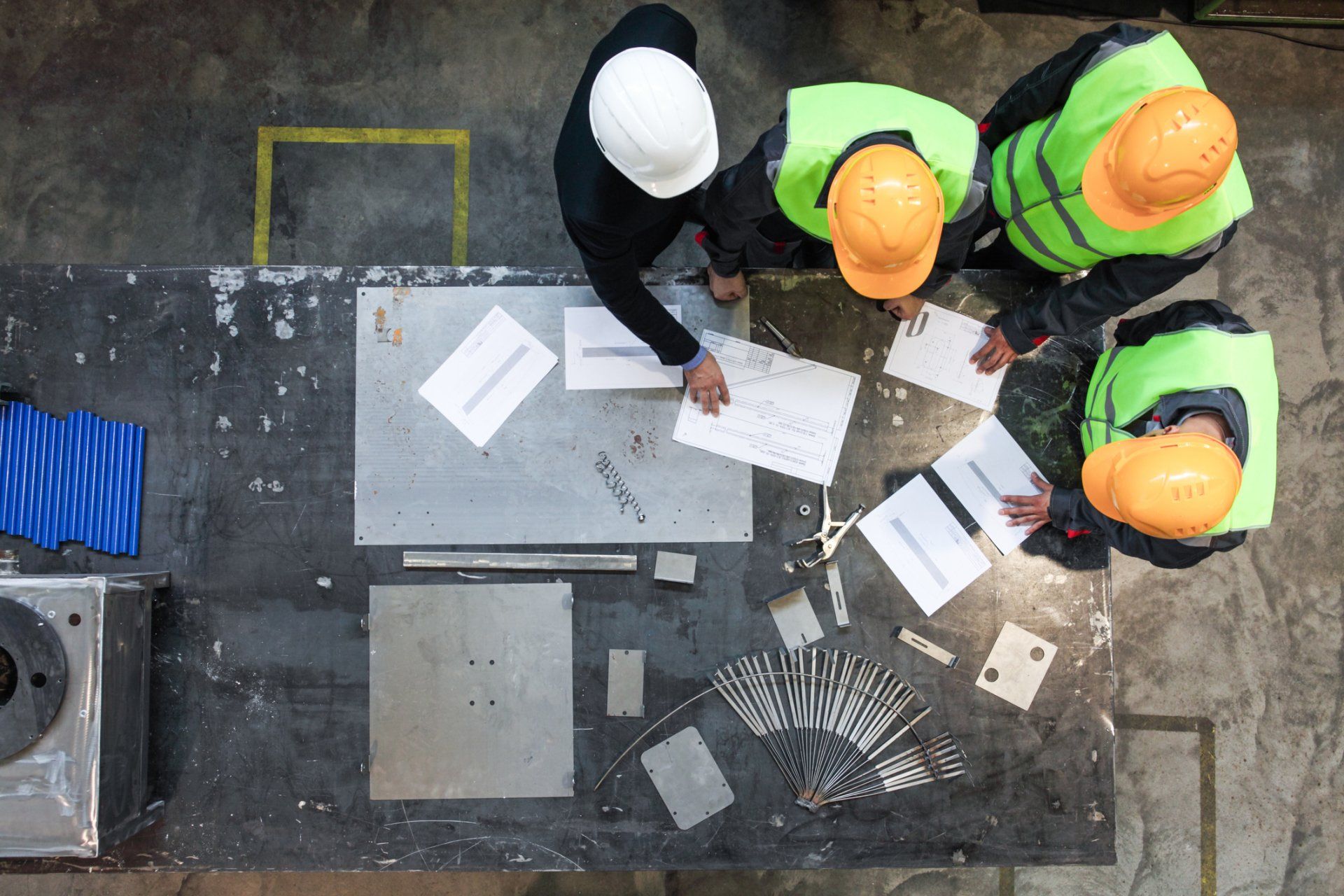MOLD REMOVAL: DO IT YOURSELF, OR HIRE A PRO?

Assess Your Situation
The cleanup depends on a number of factors. One consideration is the size of the mold problem. If the moldy area is less than about 10 square feet (less than roughly a 3 ft.by 3 ft.patch), in most cases, you can handle the job yourself by following the guidelines below. However, if there has been a lot of water damage, and/or mold growth covers more than 10 square feet, It’s time to call in a pro like SEA to remove the mold.
Beware of the Leaky Window
If mold is beginning to rot the wooden frame and windowsill, you may choose to hire a contractor (or other professional service provider) to do the cleanup and repair. Simply repairing the window may not be enough. You should make sure the contractor has experience cleaning up mold as well. Check references and ask the contractor to follow the recommendations in EPA ’s Mold Remediation in Schools and Commercial Buildings as well as the guidelines of the American Conference of Governmental Industrial Hygienists (ACGIH), and other guidelines from professional or government organizations.
Mold in Duct Work
If your heating/ventilation/air conditioning (HVAC) system has been identified as part of an identified moisture problem or there is mold near the intake to the system, the system may be contaminated with mold. Do not run the HVAC system if you know or suspect that it is contaminated with mold , because it could spread mold throughout the building. If the water and/or mold damage was caused by sewage or other contaminated water, call in a professional who has experience cleaning and fixing buildings damaged by contaminated water, such as SET. If you have health concerns, consult a health professional before starting cleanup.

f you think PFAS regulation is someone else’s problem, think again. The regulatory environment around per- and polyfluoroalkyl substances is shifting rapidly, and safety, environmental, and operations teams are squarely in the crosshairs. Rather than scrambling when the deadlines arrive, your best strategy is to act early.

Halloween might be the season for ghost stories and haunted houses, but for safety and environmental professionals, the real nightmares happen at work. From unseen hazards to data disasters, these frights are all too real. At SEA, we help EHS managers conquer their fears — and their risks — with smart, proactive solutions that turn horror stories into success stories.

Every year, OSHA releases its list of the most frequently cited workplace safety standards. While the names change little from year to year, the numbers tell a story: employers continue to struggle with the same hazards—falls, hazardous chemicals, and machine safety. Understanding these violations is the first step in preventing costly citations and protecting workers.
